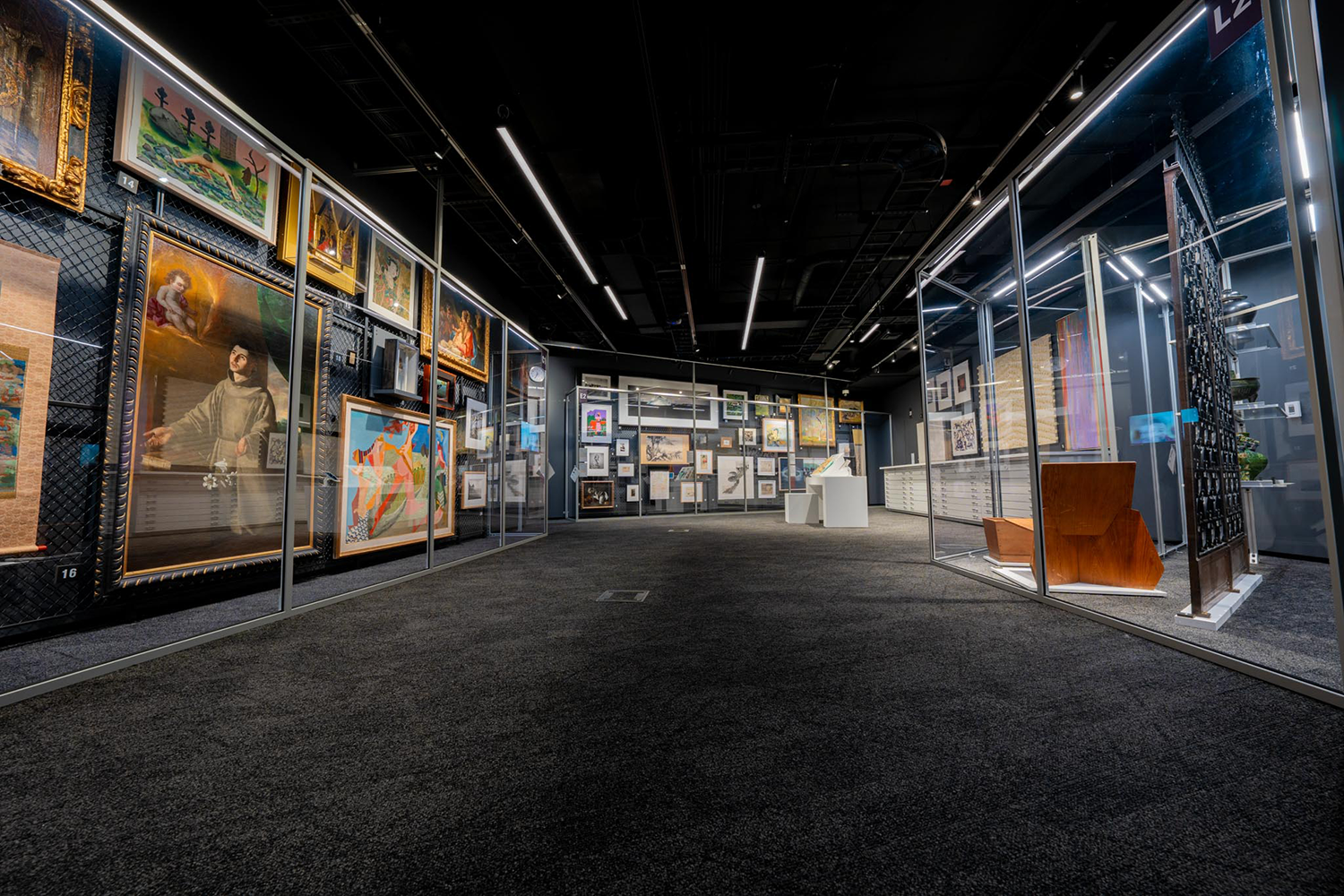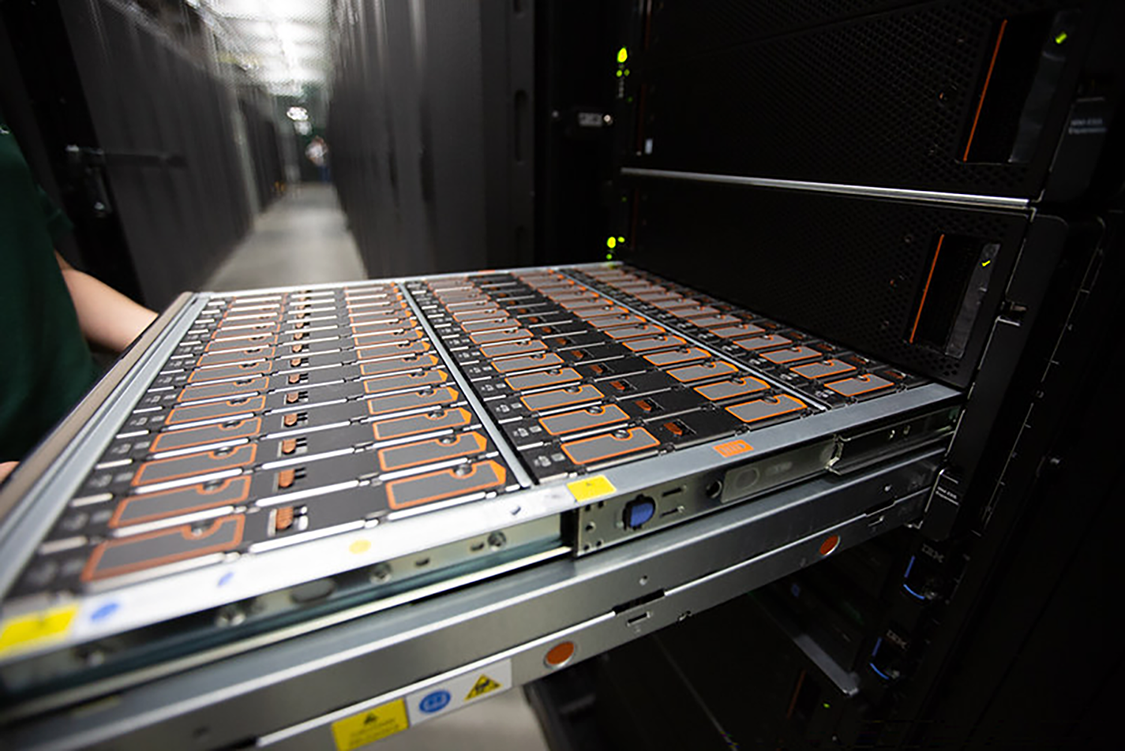MSU Launches Comprehensive Blueprint
Michigan State University announced the completion of the "Blueprint for Transforming MSU's Shared Research Resources," developed through an extensive two-year community collaboration involving more than 140 faculty, staff, and administrators. The strategic plan, developed by Senior Fellows for Research Infrastructure in the Office of Research and Innovation, Patricia Soranno and Jeffrey MacKeigan, under the leadership of Associate Vice President Kay Connelly, outlines 19 evidence-based recommendations to enhance coordination among MSU's shared research resources, directly advancing MSU's 2030 strategic priorities. The initiative achieved remarkable stakeholder alignment, with 94% of participants supporting enhanced coordination across MSU's shared research resources, which include research cores, computing and data science services, collections, field stations, and user facilities supporting research across all disciplines.
This blueprint represents the power of aligning infrastructure coordination with institutional strategy. By engaging the shared research resource community in shaping this vision, we've created a roadmap that simultaneously advances MSU 2030 goals while strengthening our research infrastructure coordination.Kay Connelly, Associate Vice President for Operations and Strategy
The blueprint directly supports MSU's commitment to reaching $1 billion in annual research expenditures by creating coordinated investment frameworks and removing barriers to major grant competitiveness. Four strategic themes organize the recommendations: strategic investment and partnerships, enhanced visibility and accessibility, professional development for specialized staff, and operational excellence through coordinated business models. The blueprint positions MSU to compete more effectively for federal infrastructure grants, attract top faculty through enhanced research support, and demonstrate operational excellence through coordinated resource management.
What makes this blueprint distinctive is its foundation in community collaboration. Rather than focusing on individual facilities, we've created a university-wide coordination strategy directly informed by the people who make our research enterprise successful, those who oversee, develop, and support our research enterprise and make MSU a world-class research institution.Patricia Soranno, Senior Fellow for Research Infrastructure
Implementation momentum
Several recommendations are already generating results through Connelly’s strategic implementation approach, including the launch of the Shared Research Infrastructure Program (SRIP) for strategic equipment investment and a decision on enterprise software to support research core operations. The implementation spans multiple phases, with foundational coordination initiatives underway and comprehensive optimization strategies planned for future years.
Direct MSU 2030 Strategic Alignment
The blueprint directly supports multiple MSU 2030 priorities, including the university's commitment to reaching $1 billion in annual research expenditures through enhanced infrastructure coordination and strategic investment. The initiative also advances goals for staff and faculty success through professional development pathways and community networks, while demonstrating stewardship for a sustainable future through coordinated business models and operational excellence. Under Connelly's guidance, the initiative represents a paradigm shift from fragmented resource management to strategic institutional coordination.
About MSU's Shared Research Resources
MSU maintains an extensive shared research resource ecosystem, including research cores, computing and data science services, other research services, collections, field stations, and user facilities. These resources support research across various disciplines, ranging from agriculture and natural resources to human medicine and engineering. Notable facilities include the Facility for Rare Isotope Beams (FRIB), the W.K. Kellogg Biological Station, the Research Technology Support Facility (RTSF), the Institute for Cyber-Enabled Research (ICER), and numerous specialized cores and field stations that provide advanced capabilities to researchers across the university.

Kellogg Biological Station
Kellogg Biological Station is MSU's largest off-campus education complex and one of North America's premier inland field stations.

Broad Art Museum Collection
The MSU Broad Art Museum's collection of over 10,000 works represents an inclusive array of artistic productions from the ancient to the present.

Institute for Cyber-Enabled Research (ICER)
The Institute for Cyber-Enabled Research (ICER) houses MSU's High-Performance Computing Center (HPCC) and provides user support to facilitate computational and data science research and instructional activities.
